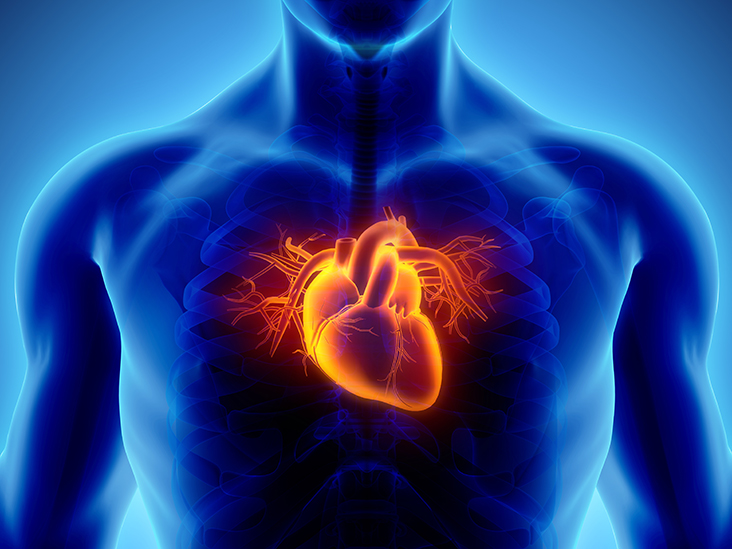Triglycerides
Fat is a single word with multiple manifestations, one of which is triglycerides – a lipid (non-soluble fatty acid) found in the blood. Surplus calories are stored as triglycerides and used by the body as per its requirement for energy. When the supply – mostly from unhealthy food and dietary habits, is more than the demand, it shows up as high triglycerides. This condition is called hypertriglyceridemia (hyper=high|triglyceride|emia=in the blood).
Symptoms
A rise in triglyceride levels doesn’t exhibit any symptoms by itself. However, excessively high levels can cause sudden stomach pain, nausea, vomiting, fast breathing and racing heartbeat. Long term harm comes in the form of atherosclerosis, a condition in which triglycerides combine with cholesterol and get deposited on the walls of the arteries, narrowing them down and restricting the flow of blood. This leads to heart disease.
Desirable Level of Triglycerides
Triglycerides are tested for as part of a “Lipid Profile Test” recommended to check the level of cholesterol in the body. The desirable level of triglycerides is lesser than 150 mg/dl.
Desirable <150 mg/dl
Moderate 150 – 199 mg/dl
High 200 – 499 mg/dl
Very High 500 and above
Desirable Levels of the Lipid Profile Test
The test checks level of total cholesterol, low-density lipoprotein (LDL or bad cholesterol) and high-density lipoprotein (HDL or good cholesterol) and triglycerides. This tab shows desirable levels.
| Value | Total Cholesterol | HDL Cholesterol | LDL Cholesterol | Triglycerides |
| Good | Less than 200 | 35-55 for men, 45-65 for women |
100 | 150 |
| Borderline risk | 200-239 | 100-139 | 150-199 | |
| High risk | More than 240 | 35 for men, 45 for women |
140 | 200-499 |
| Very high risk | 500 |
Testing for Triglycerides
Lipid Profile Test or LPT is a blood test taken after a fasting (only water is allowed) period of 8-12 hours, preferably overnight. Blood is drawn from a vein in the arm, labeled and sent to be tested. Results are mostly shared the same day.
Keeping Triglycerides in Check
A healthy balanced diet, physical exercise for at least 30 minutes every day, lots of water, good sleep and a stress-free lifestyle help keep triglycerides under control.






